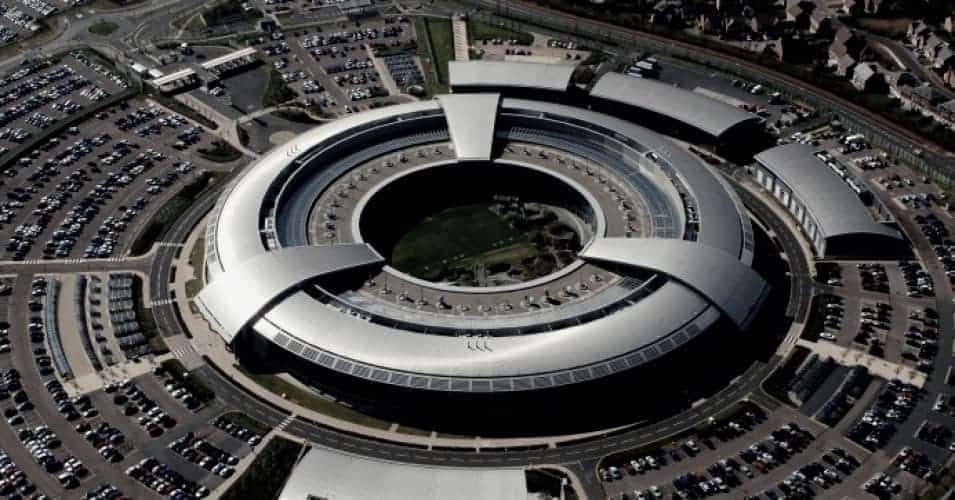Ranking the world’s intelligence agencies is difficult at best. Secrecy is the cornerstone of any intelligence service, which makes evaluating their performance a tenuous endeavor. Typically, most agencies’ successes remain in the shadows, unless revealing an operation produces a desired result, whereas their failures often generate spectacular public exposure. Thus, this list is not a ranking of organizations based on achievements, rather an examination of the world’s premier agencies who’s founding involved a unique or interesting story. For example, Israel’s Mossad is one of the world’s leading intelligence organizations, but “it was established as a new agency in 1949” doesn’t make for a fascinating origin tale.
Arranged randomly, the following agencies all share this connection, either through founding, public exposure, or a ridiculous genealogy. Several organizations trace their roots into the 1800s, intelligence failures birthed others, and one rose out of a ridiculously complicated bureaucratic mess.
MSS (Ministry of State Security), China
The origin of China’s Ministry of State Security (MSS) is particularly bloody. Founded in July 1983, the MSS’s roots extend back to the Second Sino-Japanese War. On February 18, 1939, the Chinese Communist Party’s Central Secretariat established the Central Department of Social Affairs (CDSA). This organization’s responsibilities included intelligence and counter-intelligence operations, and its first director, Kang Sheng was not a novice to espionage.

Kang joined the Communist Party of China (CPC) in the mid-1920s, steadily rising through the ranks as an organizer, and through adroit political maneuvering. He headed the Special Work Committee, the party’s espionage and security arm, from 1931 to 1933, relocated to Moscow, where he established the Office for the Elimination of Counterrevolutionaries in 1936. He aided the Soviet secret police (NKVD) in purging Chinese and studied their methods. Kang returned to China in 1937, shifted his allegiance to Mao Zedong, and headed the CDSA until 1945. Employing the NKVD’s tactics ruthlessly, Kang’s brutality worried the CPC’s senior leaders, including Mao, and he was replaced by his deputy, Li Kenong until the CDSA’s dissolution two years later.
The People’s Republic of China (PRC), founded in 1949 divided intelligence responsibilities between the Ministry of Public Security and the Central Military Commission Intelligence Department, headed by Li Kenong. Li’s appointment as director of the new CCP Central Investigation Department (CID) in 1955, consolidated foreign intelligence operations into central office. This ended in 1967 when Kang orchestrated the CID’s leadership fall, which placed the agency under military leadership. Two years later, military intelligence absorbed the CID altogether.
Kang’s death in 1975, followed by Mao’s a year later, initiated a slow revision to China’s approach regarding intelligence work. The rehabilitation of former officials, intelligence cadres, and operatives imprisoned by Mao or Kang sparked a renewed call for a centralized espionage agency, and in 1983, the PRC merged the remainder of CID and the Ministry of Public Security’s counter-intelligence elements into the Ministry of State Security.

